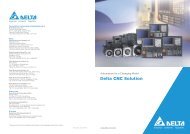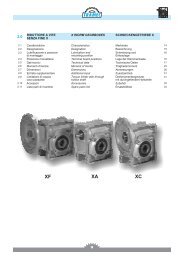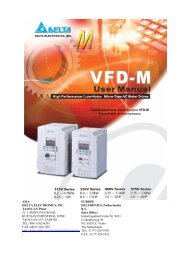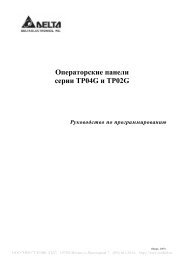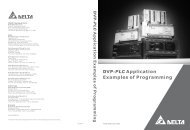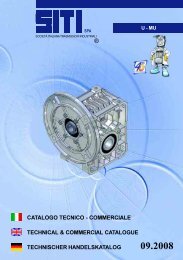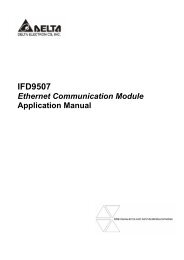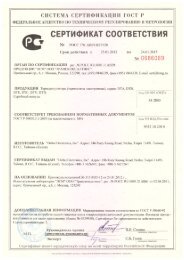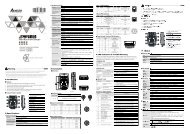Medium Voltage Application Guide
Medium Voltage Application Guide
Medium Voltage Application Guide
Create successful ePaper yourself
Turn your PDF publications into a flip-book with our unique Google optimized e-Paper software.
SWITCHGEAR<br />
Causes of internal arc<br />
There are many potential causes for internal arcing within metal enclosed switchgear. Some of the more common<br />
causes are:<br />
<br />
<br />
<br />
<br />
<br />
<br />
foreign matter in the enclosure (eg vermin, metal swarf, tools)<br />
contamination and general degradation of insulation material<br />
inadequate insulation of cable terminations<br />
overheating of termination points due to inadequate preparation and tightening<br />
system overvoltage<br />
incorrect protection settings and coordination<br />
Locations, causes and examples of measures to decrease the probability of internal faults<br />
Locations where internal<br />
faults are most likely to<br />
occur<br />
Possible causes of internal<br />
faults<br />
Examples of possible preventive measures<br />
Cable compartments Inadequate design Selection of adequate dimensions.<br />
Use of appropriate materials.<br />
Faulty installation<br />
Avoidance of crossed cables connections.<br />
Checking of workmanship on site. Correct torque<br />
Failure of solid or liquid insulation<br />
(defective or missing)<br />
Checking of workmanship and/or dielectric test<br />
on site.<br />
Regular checking of liquid levels, where applicable<br />
Disconnectors<br />
Switches<br />
Earthing switches<br />
Bolted connections and<br />
contacts<br />
Maloperation<br />
Corrosion<br />
Interlocks. Delayed reopening.<br />
Independent manual operation. Making capacity<br />
for switches and earthing switches. Instructions to<br />
personnel.<br />
Use of corrosion inhibiting coating and/or greases.<br />
Use of plating. Encapsulation, where possible.<br />
Faulty assembly<br />
Checking of workmanship by suitable means.<br />
Correct torque. Adequate locking means.<br />
Instrument transformers Ferro-resonance Avoidance of these electrical influences by<br />
suitable design of the circuit.<br />
Short circuit on LV side for VTs Avoid short circuit by proper means for example,<br />
protection cover, LV fuses.<br />
Circuit breakers Insufficient maintenance Regular programmed maintenance.<br />
Instructions to personnel.<br />
All locations Error by personnel Limitation of access by compartmentation.<br />
Insulation embedded live parts. Instructions to<br />
personnel.<br />
Ageing under electric stresses Partial discharge routine tests.<br />
Pollution, moisture, ingress of dust, Measures to ensure that the specified service<br />
vermin, etc<br />
conditions are achieved. Use of gasfilled<br />
compartments.<br />
Overvoltages<br />
Surge protection. Adequate insulation<br />
co-ordination.<br />
Dielectric tests on site.<br />
Source: IEC 62271-200<br />
Page 86 <strong>Medium</strong> <strong>Voltage</strong> <strong>Application</strong> <strong>Guide</strong> 710-12280-00A






